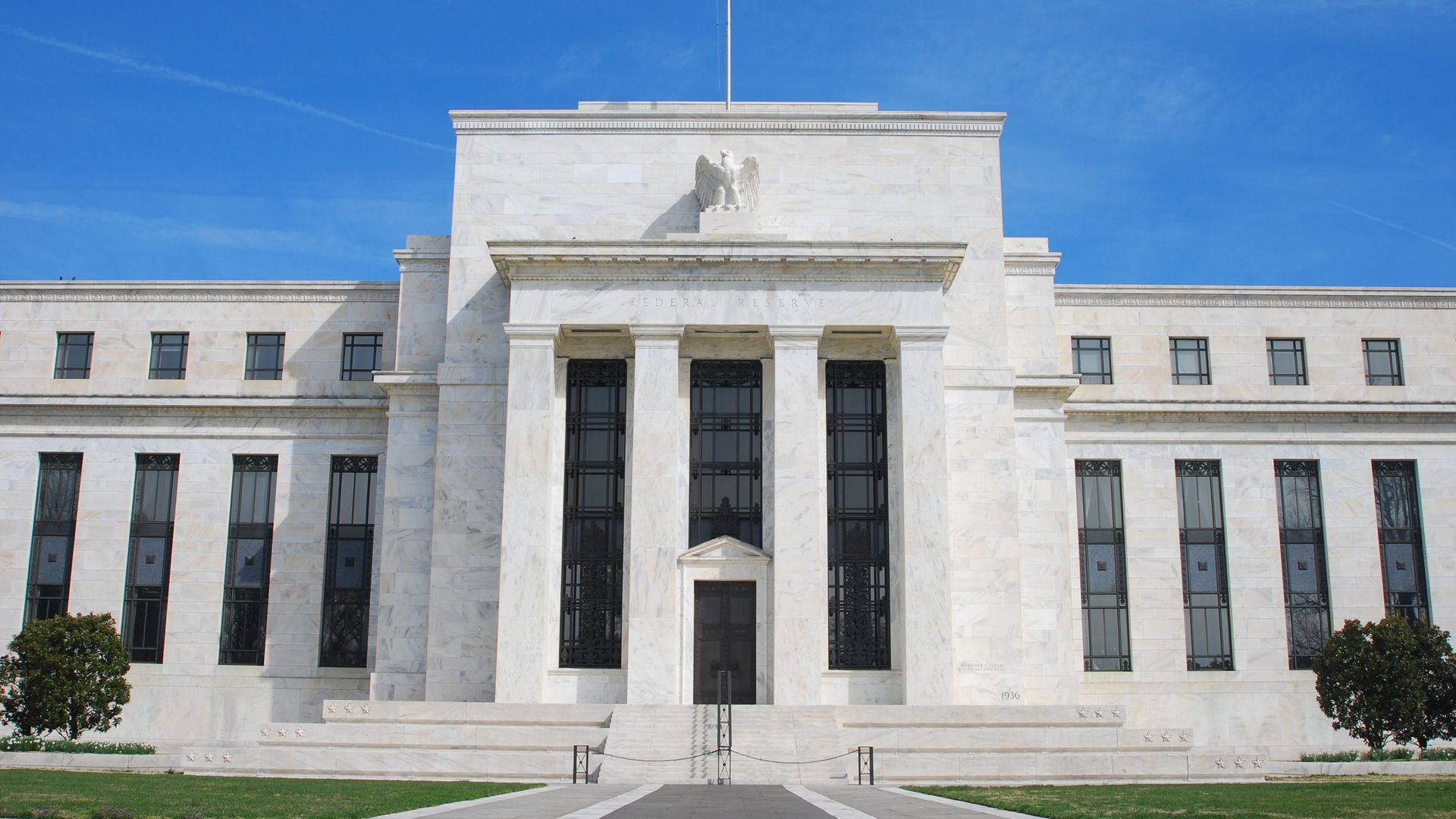Fed Faces Pressure to Cut Rates, But Inflation and Labor Market Concerns Persist
18.12.2024 13:00 2 min. read Alexander Stefanov
Jerome Powell and the Federal Reserve are facing significant pressure from the market, with investors betting on an imminent rate cut following recent inflation reports.
However, Powell is walking a tightrope, aware that easing rates now might reignite inflationary pressures that are still simmering beneath the surface.
November’s inflation data showed a slight uptick to 2.7%, with core inflation remaining stubborn at 3.3% for the fourth consecutive month. Despite the Fed’s preferred inflation gauge, the Personal Consumption Expenditures (PCE) index, nearing its target of 2%, there are lingering challenges, especially in housing costs, which have been a key driver of higher inflation. While some signs of relief in shelter costs have emerged, inflation isn’t close to being fully under control.
Another major concern is the labor market. Unemployment remains historically low, and wages are climbing steadily, creating further inflationary pressures as businesses pass on higher labor costs. The cost of services, excluding housing and energy, continues to rise, pushing inflation above the Fed’s comfort zone.
On top of these domestic concerns, former President Donald Trump’s policies, such as proposed tariffs and tax cuts, add uncertainty. The tariffs, in particular, could push prices higher, exacerbating inflation. While some economists believe these moves could be short-term, the potential for longer-term inflationary effects looms large.
Compounding the challenge, Powell’s public messaging has led to market expectations of a rate cut, despite the lack of clear justification from the data. Powell needs to reset expectations, reminding investors that rate decisions will depend on economic indicators, not speculation.
With the stock market showing signs of overvaluation and inflation risks still prevalent, Powell faces a tough call. Keeping rates steady is the most prudent course to avoid jeopardizing the economic progress made. The Fed’s primary mission remains controlling inflation, and any rate cut at this point could risk undoing the hard-fought gains. Powell’s focus must remain on the long-term economic health, even if it frustrates short-term market expectations.
-
1
U.S. PCE Inflation Rises for First Time Since February, Fed Rate Cut Likely Delayed
27.06.2025 18:00 1 min. read -
2
Key U.S. Economic Events to Watch Next Week
06.07.2025 19:00 2 min. read -
3
Gold Beats U.S. Stock Market Over 25 Years, Even With Dividends Included
13.07.2025 15:00 1 min. read -
4
U.S. Announces Sweeping New Tariffs on 30+ Countries
12.07.2025 16:30 2 min. read -
5
US Inflation Heats Up in June, Fueling Uncertainty Around Fed Cuts
15.07.2025 16:15 2 min. read
US Inflation Heats Up in June, Fueling Uncertainty Around Fed Cuts
U.S. inflation accelerated in June, dealing a potential setback to expectations of imminent Federal Reserve rate cuts.
Gold Beats U.S. Stock Market Over 25 Years, Even With Dividends Included
In a surprising long-term performance shift, gold has officially outpaced the U.S. stock market over the past 25 years—dividends included.
U.S. Announces Sweeping New Tariffs on 30+ Countries
The United States has rolled out a broad set of new import tariffs this week, targeting over 30 countries and economic blocs in a sharp escalation of its trade protection measures, according to list from WatcherGuru.
Key U.S. Economic Events to Watch Next Week
After a week of record-setting gains in U.S. markets, investors are shifting focus to a quieter yet crucial stretch of macroeconomic developments.
-
1
U.S. PCE Inflation Rises for First Time Since February, Fed Rate Cut Likely Delayed
27.06.2025 18:00 1 min. read -
2
Key U.S. Economic Events to Watch Next Week
06.07.2025 19:00 2 min. read -
3
Gold Beats U.S. Stock Market Over 25 Years, Even With Dividends Included
13.07.2025 15:00 1 min. read -
4
U.S. Announces Sweeping New Tariffs on 30+ Countries
12.07.2025 16:30 2 min. read -
5
US Inflation Heats Up in June, Fueling Uncertainty Around Fed Cuts
15.07.2025 16:15 2 min. read


